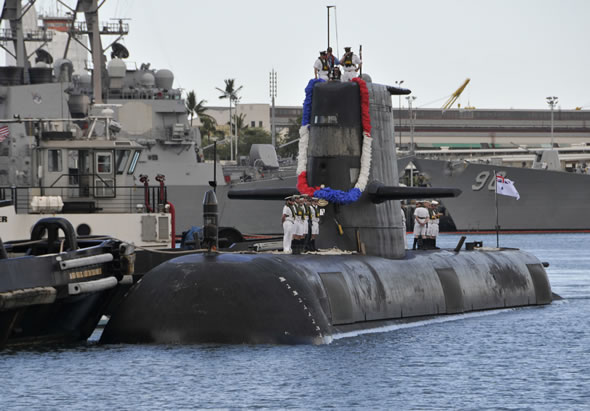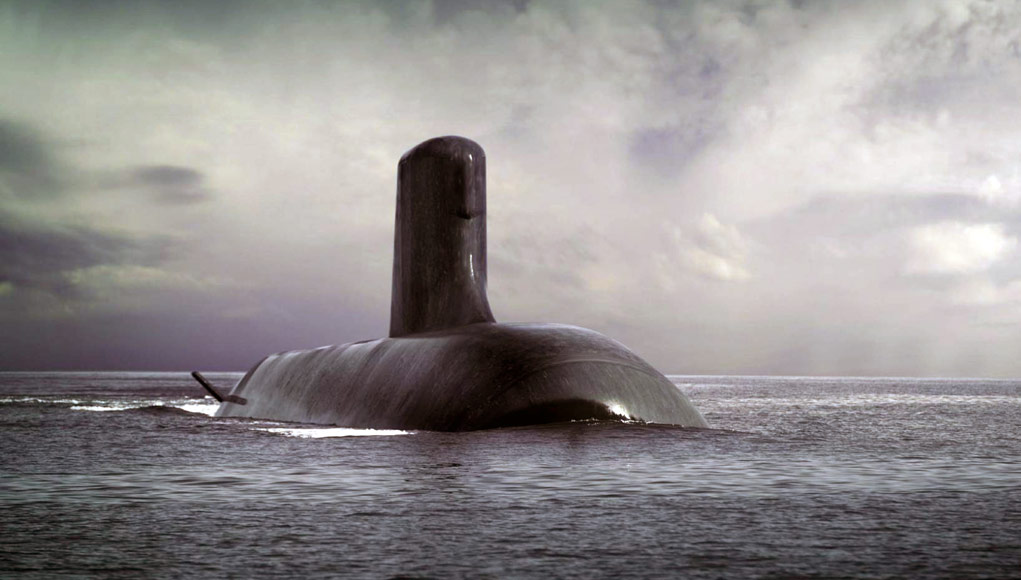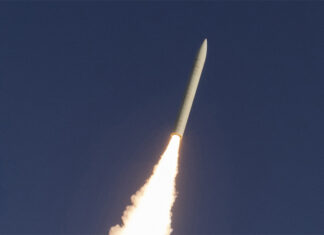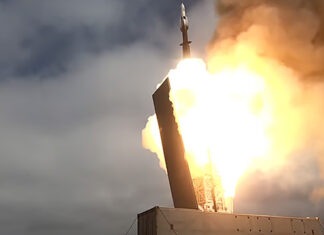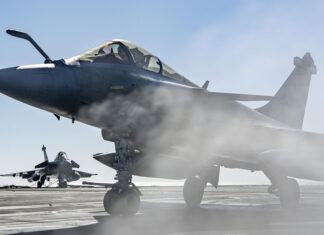France has beaten Japan and Germany to win an Australian mega-deal to build a fleet of 12 new submarines in Australia, for the Australian Navy SEA 1000 program. The decision was formally announced by Australian Prime Minister Malcolm Turnbull today. The SEA 1000 program is the largest acquisition program in the history of Australian defense, representing an investment of around $50 billion. The submarines will replace the six Collins class submarines (Kockums’ Type 471 submarine) commissioned between 1996 and 2003. The lead ship of the Collins class is expected to retire by the early 2030s.
The Australian Government’s requirements addressed by the new design are superior sensor performance, stealth characteristics and range and endurance similar to the current Collins Class submarine.
Industry watchers had anticipated a decision to come later in the year, but Turnbull’s gamble on a July 2 general election sped up the process. The submarines selected for the Australian Navy are based on a diesel-electric version of the 4,200-tonne Barracuda nuclear-powered submarine designed by DCNS. The first Barracuda submarine is expected to be commissioned with the French Navy next year. Subject to discussions on commercial matters, the design of the Future Submarine with DCNS will begin this year.
The variant offered by DCNS is a conventionally powered diesel-electric design of the submarine – named ‘Shortfin Barracuda Block 1A’, a version of the Barracuda specially designed for the Australian Navy. The boat has a length of 94 meters, and displacement of 4,000 tons (when submerged), 200 tons lighter than the French Barracuda. It is designed as a sea-going submarine for long range and long endurance.
“The Shortfin Barracuda Block 1A, will be the recipient of France’s most sensitive and protected submarine technology and will be the most lethal conventional submarine ever contemplated.” DCNS announced. The boat’s hydroplanes will be retractable, to reduce drag and noise.
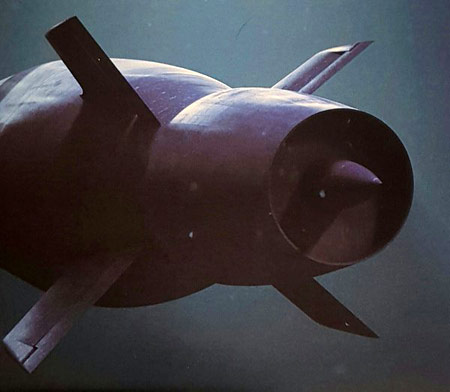
The submarine is expected to be armed with advanced cruise missiles, anti-ship missiles and torpedoes, although the specific details have not been announced yet, as the selection of contractors for the submarine’s combat systems and weapons will be made at a later stage. The United States will be responsible for supplying integrated combat systems to the Future Submarines, as well as the submarine’s weapons. Raytheon, which provided the systems for the current Collins class and Lockheed Martin, providing such systems for the US Navy are the two likely competitors for the system.
France is offering the Australian Government complete access to the stealth technologies utilised on board French nuclear-powered general-purpose attack submarines (SSNs) and ballistic missile submarines (SSBNs). “These technologies are the ‘crown jewels’ of French submarine design and have never been offered to any other country. The very nature of these stealth technologies and the decision to release them to the Australian Government is a significant demonstration of the strategic nature of this program for the French authorities.” DCNS commented.
All 12 submarines will be built in Adelaide, Australia. The project would create more than 6,000 jobs in Australia and France, benefiting shipyards and industrial sites in Adelaide, Melbourne, Perth and Sydney Australia, and Lorient, Brest, Nantes and Cherbourg in France. Since the boats will be built in Australia, DCNS will share nearly US$9 million, less than a quarter of the contract amount estimated at $40 billion.
Japan had offered to build Australia a variant of its 4,000 metric ton Soryu submarine. Japan’s government with its Mitsubishi Heavy Industries and Kawasaki Heavy Industries boat had been seen as early frontrunners for the contract. Such a deal would have cemented closer strategic and defense ties with two of Washington’s key Asia-Pacific allies, but risked antagonizing China, Australia’s top trading partner. Another strong contender was Germany’s ThyssenKrupp AG that proposed to scale up the 2,000-tonne Type 214 class submarine.
The contract will have an impact on thousands of jobs in the shipbuilding industry in South Australia, where retaining votes in key electorates will be critical for the government’s chances of re-election. “The submarine project .. will see Australian workers building Australian submarines with Australian steel,” said Turnbull said.
